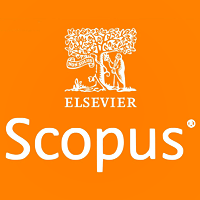
This article is an open access article distributed under the terms and conditions of the Creative Commons Attribution license (CC BY).
ORIGINAL RESEARCH
Features of intrauterine microbiota in patients with endometrial polyps
1 Kulakov National Medical Research Center for Obstetrics, Gynecology and Perinatology, Moscow, Russia
2 Sechenov First Moscow State Medical University (Sechenov University), Moscow, Russia
Correspondence should be addressed: Angelina I. Vanakova
Trubetskaya, 8/2, Moscow, 119991, Russia; moc.liamg@avokanavanilegna
Author contribution: Dolgushina NV — study concept, design; Vanakova AI — data acquisition, manuscript writing; Goncharuk OD, Muravieva VV — laboratory testing; Denisov PA — statistical analysis, visualization; Muravieva VV, Priputnevich TV — data editing.
Endometrial polyps (EPs) represent the most common form of benign intrauterine disorder. Microbial factor is one of the possible etiological factors of EPs. Investigation of endometrial microbiota can provide new opportunities for improvement of the EP diagnosis and treatment. The study is aimed to assess intrauterine microbiota composition in patients with endometrial polyps. A total of 84 patients with endometrial polyps based on histology assessment data were enrolled. The comparison group included 44 patients having no endometrial abnormality. Endometrial microbiota composition was assessed by the culturomics method using the extended set of selective and nonselective growth media. The endometrium sample was obtained before performing hysteroresectoscopy. In patients with EP, growth of bacterial microflora in the uterine cavity was observed 2.4 times more often compared to patients having no endometrial abnormality (OR — 2.4, 95% CI — 1.1; 5.5). In cases of EP, intrauterine microbiota composition was characterized by larger species and taxonomic diversity. Microorganisms of the genera Staphylococcus and Lactobacillus prevailed. Further research focused on endometrial microecology can provide new opportunities for further improvement of the EP diagnosis and treatment strategies.
Keywords: intrauterine microbiota, cervical canal microbiota, endometrial polyps
